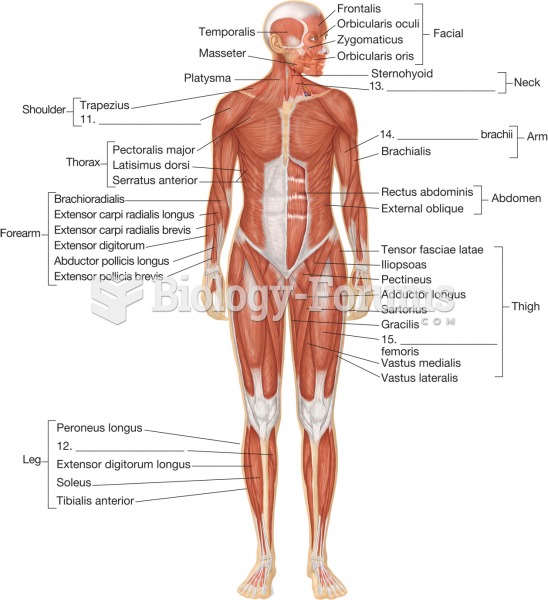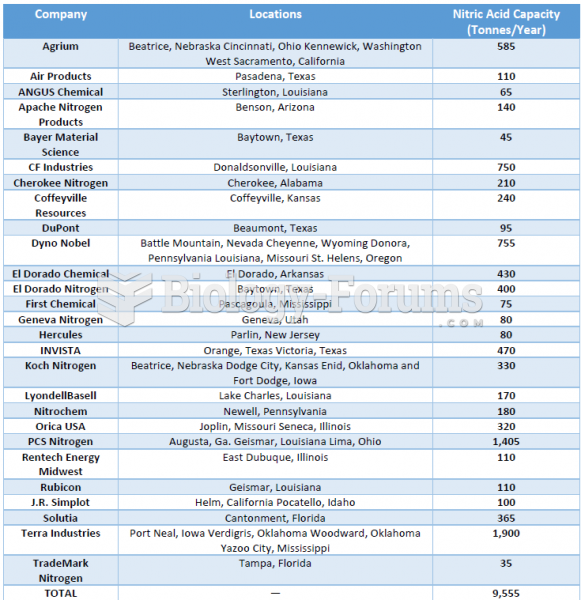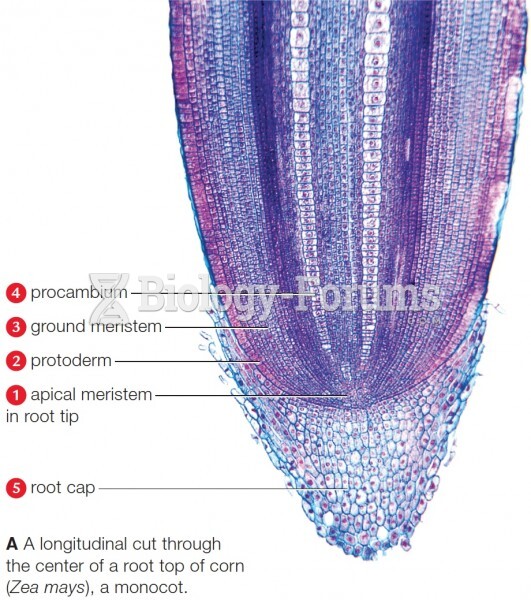Answer to Question 1
ANS: A
Answer to Question 2
The links between good health and traditional Mediterranean eating patterns of the mid-1900s were introduced earlier with regard to olive oil. For people who eat these diets, the incidence of heart disease, some cancers, diabetes, and other chronic inflammatory diseases is low, and life expectancy is high. Some research suggests that the health benefits of the Mediterranean eating pattern are partially due to its favorable effects on body weight.
Although each of the many countries that border the Mediterranean Sea has its own culture, traditions, and dietary habits, their similarities are much greater than the use of olive oil alone. In fact, no one factor alone can be credited with reducing disease risksthe association holds true only when the overall eating pattern is present. Apparently, each of the foods contributes small benefits that harmonize to produce either a substantial cumulative or synergistic effect.
The Mediterranean eating pattern features fresh, whole foods. The people select crusty breads, whole grains, potatoes, and pastas; a variety of vegetables (including wild greens) and legumes; feta and mozzarella cheeses and yogurt; nuts; and fruits (especially grapes and figs). They eat some fish, other seafood, poultry, a few eggs, and little meat. Along with olives and olive oil, their principal sources of fat are nuts and fish; they rarely use butter or encounter hydrogenated fats. They commonly use herbs and spices instead of salt. Consequently, traditional Mediterranean diets are:
Low in saturated fat
Very low in trans fat
Rich in monounsaturated and polyunsaturated fat
Rich in complex carbohydrate and fiber
Rich in nutrients and phytochemicals that support good health
As a result, lipid profiles improve, inflammation diminishes, and the risk of heart disease declines. People following the traditional Mediterranean diet can receive as much as 40 percent of a day's kcalories from fat, but their limited consumption of milk and milk products and meats provides less than 10 percent from saturated fats. In addition, because the animals in the Mediterranean region pasture-graze, the meat, milk and milk products, and eggs are richer in omega-3 fatty acids than those from animals fed grain.







